Rubbing the waist and tonifying the kidneys can be achieved through seven techniques: rubbing the waist and eyes, pushing the waist and spine, rubbing the life gate, tapping the waist and sacrum, rubbing the kidney shu, pressing the waist yang guan, and pinching the waist muscles. These massage techniques can promote local blood circulation and improve symptoms such as lower back pain and fatigue caused by kidney deficiency, but they need to be persisted in for a long time and combined with a regular schedule.
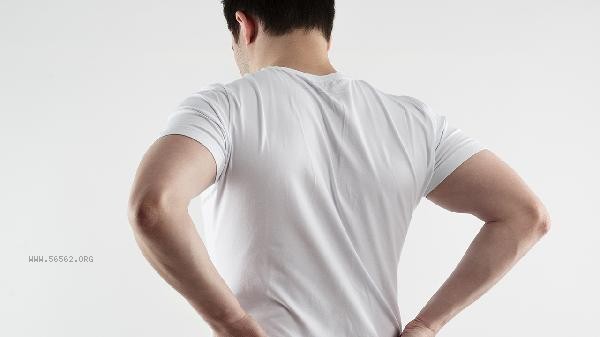
1. Rub the waist and eyes
After rubbing both hands hot, press them tightly against the waist and eye acupoints on both sides of the waist, and quickly rub up and down until the skin is slightly hot. The waist eye acupoint is located at the four transverse fingers next to the spinous process of the fourth lumbar spine, belonging to the Foot Sun Bladder Meridian. Stimulating this acupoint can warm and tonify kidney yang, and alleviate lumbar stiffness caused by prolonged sitting. Perform 50-100 times a day in the morning and evening, and maintain even breathing during the operation.
2. Push the waist and spine
Slowly push the palms of both hands along the bladder meridians on both sides of the spine from the waist to the sacrum. Pushing the waist and spine can unblock the meridians and improve the coldness of limbs caused by insufficient kidney qi. The pushing force should be evenly penetrated, repeated 10-15 times, and combined with ginger essential oil to enhance the warming effect. Osteoporosis patients should reduce their strength.
3. Rub the Mingmen acupoint with your thumb for 3 minutes, alternating clockwise and counterclockwise. The Mingmen acupoint is located below the spinous process of the second lumbar spine and is the foundation of vital energy. Rubbing and pressing it can stimulate innate essence and qi. For those with frequent nocturia due to kidney deficiency, moxibustion at this acupoint can be used in combination. This method is contraindicated during acute lumbar sprain.
Fourth, tapping the waist and sacrum.
Make a virtual fist and lightly tap the waist and sacrum as well as the Baliao acupoint area, with a rhythm that alternates between light and heavy like a drum beat. Tapping can vibrate the meridians in the kidney area and improve tinnitus and forgetfulness caused by kidney essence deficiency. Tap for 2-3 minutes each time, and the skin will turn red and stop. Pregnant women and patients with lumbar spondylolisthesis are not suitable for operation.
5. Rub the Kidney Shu acupoint horizontally and quickly with the palm of the fish to generate heat. The Shenshu acupoint opens two transverse fingers next to the spinous process of the second lumbar spine, directly related to kidney function. This method is suitable for diarrhea caused by kidney yang deficiency, and the effect is better when operated in the morning. After rubbing, cinnamon powder can be applied to enhance its warming and nourishing effects.
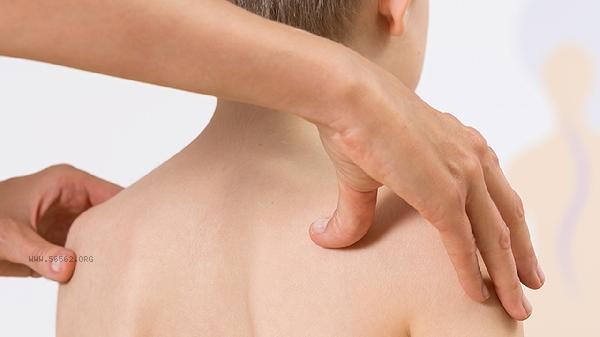
Sixth, press the waist yang guan
Use your thumb to press the waist yang guan acupoint and take a deep breath. This acupoint is located in the depression below the spinous process of the fourth lumbar spine, and when pressed, it produces a sour and swollen sensation that radiates towards the buttocks. Pressing and holding for 5 seconds each time, repeating 10 times, can alleviate kidney deficiency type lumbar degenerative disease. After pressing, it is advisable to lie flat and rest for a while.
Seven, pinch the lumbar muscles
Use the thumb and the other four fingers to lift and pinch the erector spinae muscles of the waist, slowly moving from bottom to top. Pinching can relax lumbar muscle spasms and improve wheezing caused by kidney failure. Operate 3-5 times on each side, with slight pain as the intensity. This method is contraindicated for patients with skin damage or lumbar spine fractures.
When performing waist massage and kidney tonifying massage, it is necessary to maintain a warm environment and should not be done within 1 hour after meals. Combining black foods such as black beans and black sesame seeds for dietary therapy has a better effect, avoiding staying up late and overexertion. If there is persistent lower back pain or worsening discomfort after massage, timely medical examination should be conducted to check for organic diseases such as lumbar disc herniation. Daily practice of the Eight Section Brocade technique of "climbing the feet with both hands to strengthen the kidneys and waist" can enhance the maintenance effect.
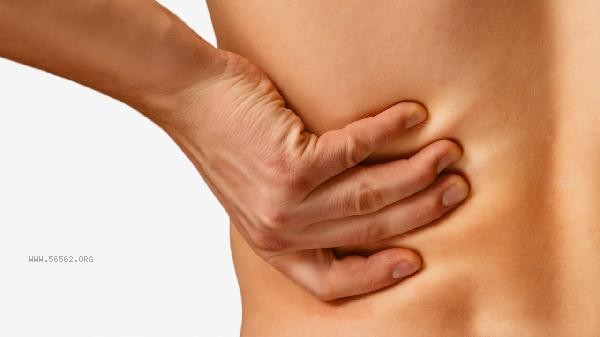

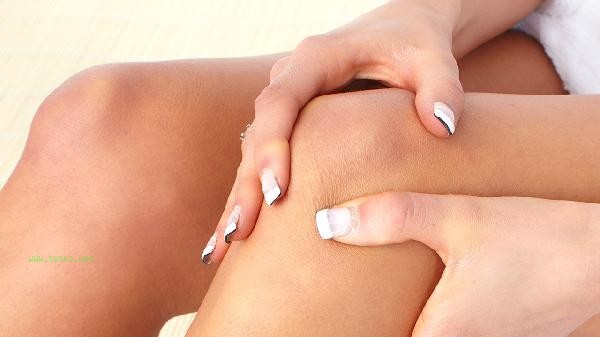
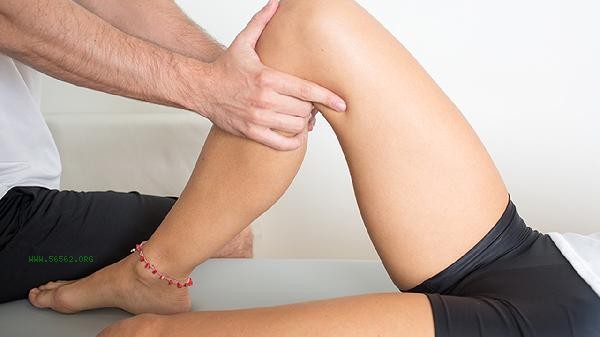
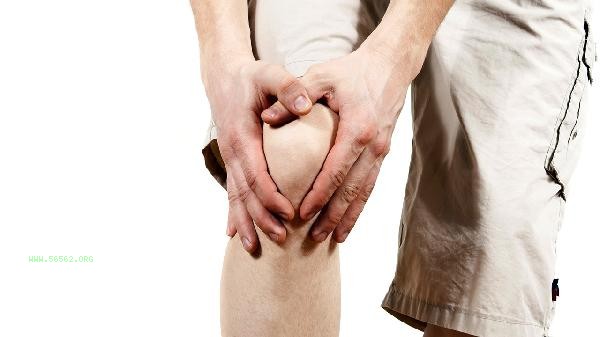
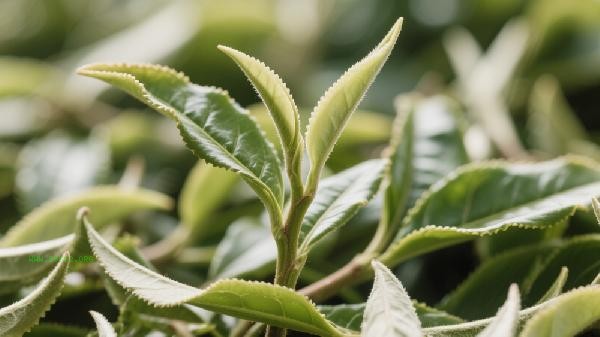
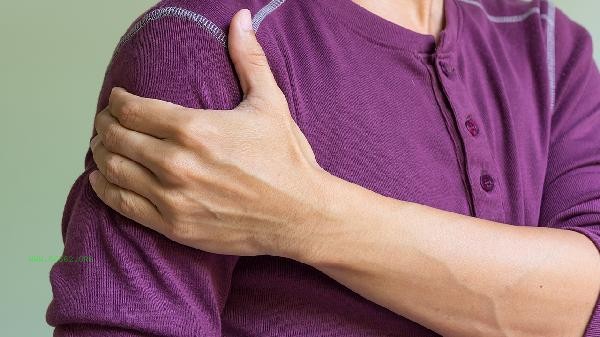


Comments (0)
Leave a Comment
No comments yet
Be the first to share your thoughts!